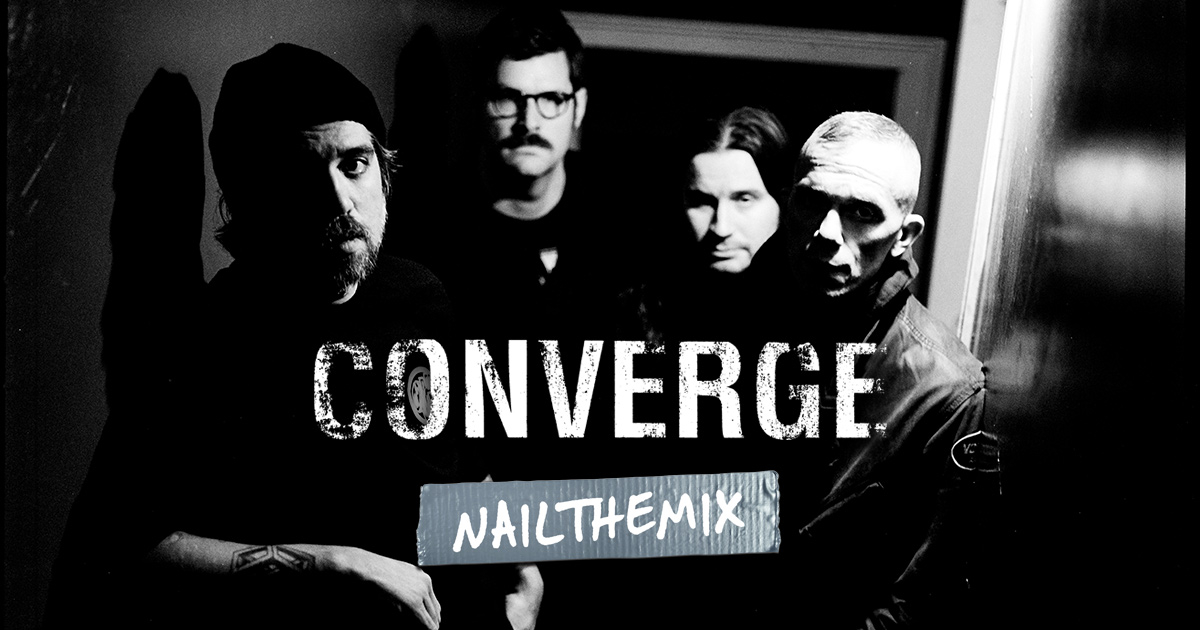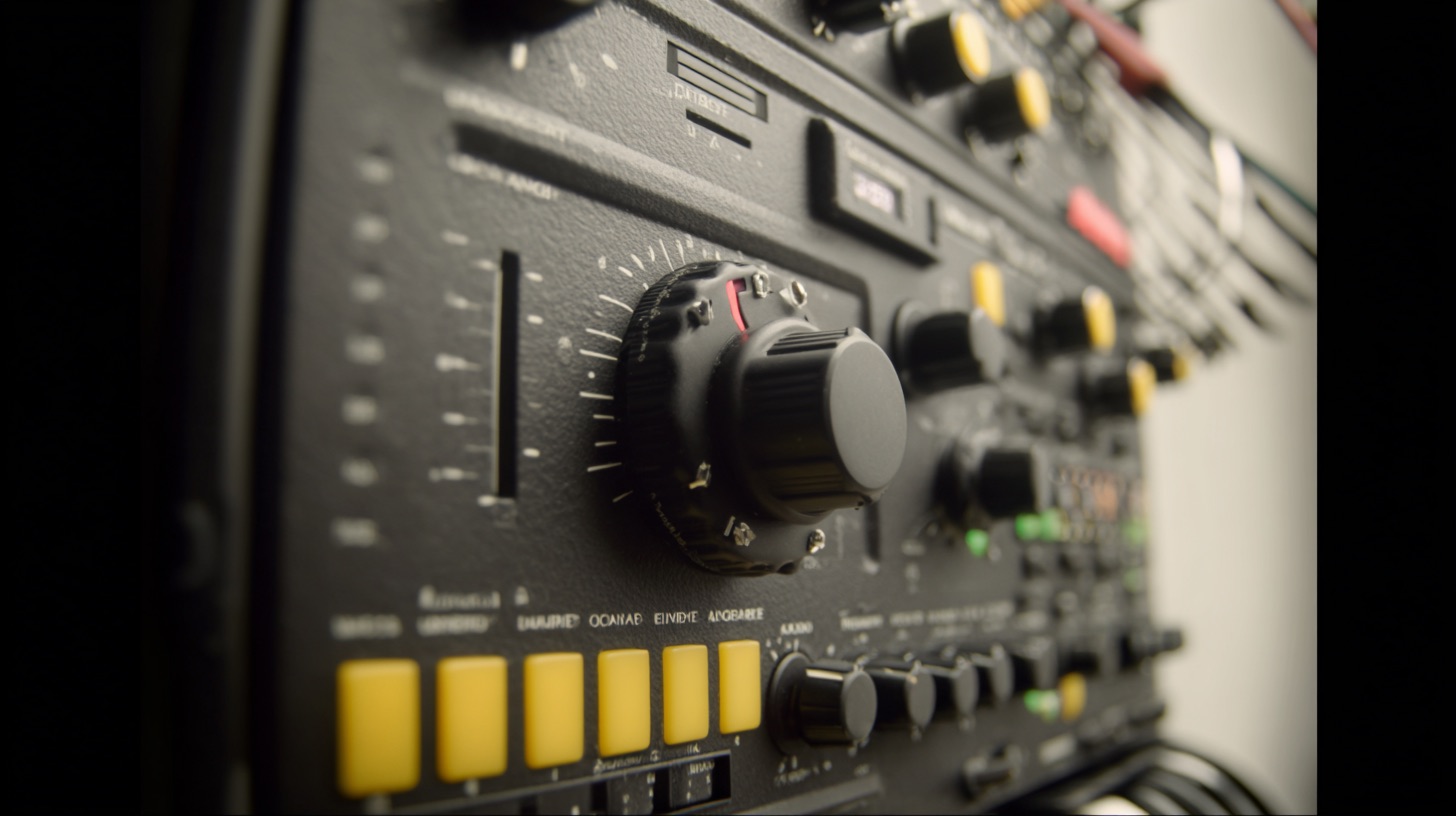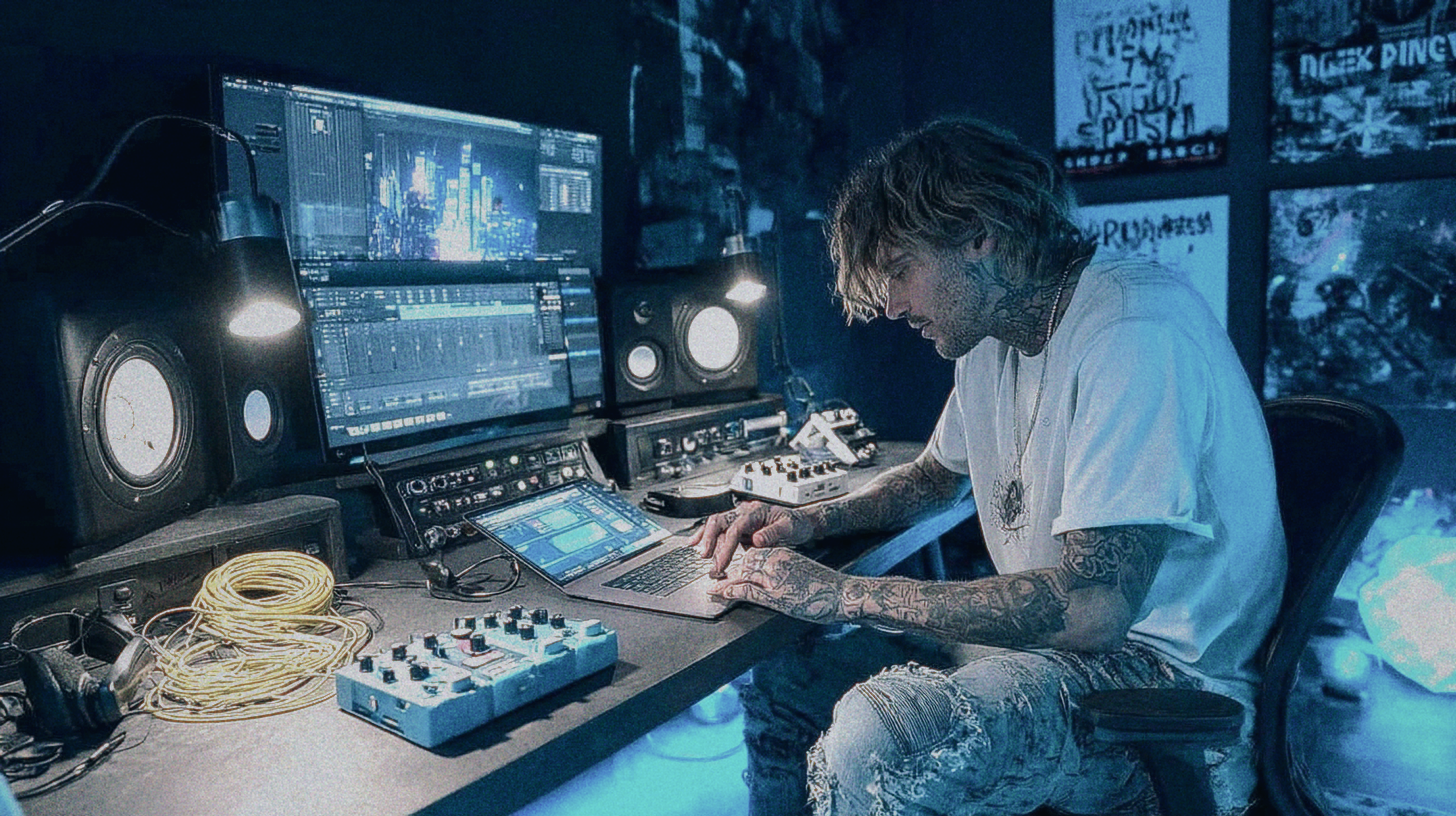
Decoding Converge’s Guitar Tone: Kurt Ballou’s Amp and Mic Strategy
Nail The Mix Staff
The guitar sound of Converge is an absolute force of nature. It’s chaotic, aggressive, and searing, yet somehow cuts through a dense, punishing mix with incredible clarity. At the heart of that sound is guitarist and legendary producer Kurt Ballou.
Ever wanted to know how he wrangled the gnarly tones on a track like "I Can Tell You About Pain"? We’re diving deep into the exact gear, micing techniques, and production philosophies Kurt used to craft this iconic sound. Forget vague descriptions; this is the nitty-gritty, from specific speaker models to his killer EQ tricks.
The Core Amp Pairing: Marshall & Sparrow Sun
Kurt’s main guitar tone isn’t from a single amp, but a carefully blended combination of two very different heads, each running into its own Emperor 6×12 cabinet. The goal wasn't a modern, scooped, full-frequency sound, but a "laser-beam" that dominates the midrange.
The Marshall JMP: A Mid-Range Machine
The foundation of the tone comes from a Marshall JMP. But this isn't just any off-the-shelf Marshall. Kurt had it modified with a set of vintage Phillips 6CA7 tubes, which are essentially the American version of the classic EL34. This gives the amp that quintessential, mid-forward Marshall aggression.
This amp was routed into an Emperor cab loaded with a variety of speakers, but the mic was placed on an Eminence Texas Heat. Kurt notes this is one of his all-time favorite speakers for recording, and it provides the core character for this half of the sound.
The Sparrow Sun: The Secret Weapon
The second amp is a much more obscure beast: a Sparrow Sun. This is a custom amp built by a guitar shop in Belarus. Blended with the JMP, it fills out the sound and adds its own unique flavor. This amp ran into a separate Emperor 6×12, with the mic aimed at an Eminence Swamp Thang speaker. This combination of the JMP's bite and the Sparrow Sun's body is key to the final tone.
For the second guitar part, the Marshall JMP remains, but it's paired with an Ampeg V4 to create a different texture while maintaining a similar sonic family.
Surgical EQ and Guitar Choice
With the amp foundation set, the next layers come from the guitar itself and some crucial, targeted EQ moves.
Finding the Right Axe: The First Act with EMG Hetfield Pickups
The guitar used for this track was most likely Kurt's First Act "Sheena" model, armed with a James Hetfield EMG bridge pickup. If you think you know what EMGs sound like, this set might surprise you. Kurt praises it for having way more low-mid push and "meanness" than typical active pickups. It avoids the "clinical" sound some players complain about, while still delivering the tightness and attack that EMG fans love.
The 11k Fizz-ectomy: A Key EQ Trick
Here’s a massive takeaway for any producer. Kurt identified a harsh, fizzy frequency common to many distorted guitar tones sitting around 11kHz. Instead of reaching for a low-pass filter and cutting off all the high-end, he uses a much more surgical approach.
Using an EQ plugin, he applies a sharp, narrow notch filter to pull down just that offensive 11k sizzle. This clever move cleans up the harshness without sacrificing the "air" and presence of the guitar, keeping the tone aggressive but not grating. Mastering moves like this is fundamental to pro-sounding mixes, and you can learn more with these EQ strategies for mixing modern metal.
Building Width and Space with Room Mics
A huge part of the Converge sound is its sense of space, which comes from a creative use of room mics rather than artificial reverb.
Creating Cohesion with Shared Drum Room Mics
For the main ambient guitar sound, Kurt did something brilliant: he used the exact same room mics he used for the drums. The mics, a pair of omnidirectional TC30Ks, were already set up as the drum room's "wide" pair. He may have even left the entire signal chain—preamps and all—with the same settings.
The philosophy here is to place the guitars and drums in the exact same acoustic space. It’s a subtle but powerful way to make the entire mix feel more cohesive and glued together, as if the band is playing live in one room.
The “Bleed” Mic for Stereo Spread
To add even more width and a sense of realism, Kurt used an "alt" room mic. This was just a single dynamic mic placed haphazardly on the other side of the live room. He then panned this mic to the opposite side of the main close-mic'd guitars.
This technique simulates the natural bleed of a loud guitar amp into the drum mics, adding a cool, lo-fi texture and enhancing the stereo image. It's especially effective in sections where just one guitar is playing, preventing the track from feeling stuck in one speaker.
Taming and Unleashing Feedback
Feedback isn't just noise in a Converge song; it's an instrument. And Kurt has a very hands-on approach to capturing it.
Capturing the Performance: Live Room vs. Control Room
To get the best of both worlds, Kurt records his guitar parts in two different ways. First, he’ll do takes in the live room, standing right in front of the cranked amps. This is where he captures all the wild, unpredictable feedback and raw energy.
Then, he’ll do separate takes in the control room, where he can sit between the monitors and focus on executing the parts with hyper-precision. Finally, he comps the two performances together, taking the wild feedback from the live room takes and combining it with the tight execution from the control room takes.
The Art of Feedback (It's Not Magic)
People always ask for the "secret" to good feedback, but Kurt says it's simple: turn an amp up loud and stand in front of it. However, there are a few tricks to help control the chaos:
- Play Softer: Hitting a note or chord with less force allows feedback to swell up much more quickly. A loud, hard-hit chord has to decay before the feedback can take over.
- Muting vs. Ringing: To get squealing, high-pitched feedback, you need to properly mute the strings you aren't playing. For resonant, musical feedback, let the strings ring out freely.
- Use Your Environment: Resting the neck of the guitar against the speaker cabinet can encourage resonant feedback to build.
Micing Philosophy and Phase Alignment
Getting a great guitar tone starts at the source, and Kurt’s micing approach is all about smart choices and commitment.
Kurt's Multi-Micing Golden Rule
While he has a list of favorite mics (including the Heil PR30, AEA N22, Shure SM57, Sennheiser MD 421, and Royer R-121), his philosophy is what matters. When using two mics on one cab, he makes sure to choose two very different sounding mics and place them in two very different sounding positions.
A perfect example is pairing a bright mic like an SM57 right on the edge of the speaker's dust cap, with a dark ribbon mic like a Royer R-121 aimed at the outer edge of the cone. This gives you distinct "bright" and "dark" channels that have less problematic phase interaction than two similar mics placed side-by-side. You can then blend these two signals to taste, effectively creating a powerful pre-DAW EQ. Committing to this blend early and printing it to one track is a pro move that helps with decision-making and saves system resources.

100+ Insanely Detailed Mixing Tutorials
We leave absolutely nothing out, showing you every single step
The Screwdriver Trick for Perfect Phase
When using multiple mics, ensuring they are perfectly in phase is critical for a full, powerful sound. Kurt uses a simple but effective trick to check this. Before tracking, he’ll hit record and tap on the guitar's pickup with a screwdriver.
This creates a sharp, sudden transient that is easy to see on the waveforms of all the mic channels in his DAW. He can then zoom in and visually align the tracks based on that screwdriver tap. This gets the alignment in the right ballpark, and he can then fine-tune by ear to lock in the phase perfectly.
Putting It All Together
Crafting a guitar tone as iconic as Converge’s is a masterclass in deliberate choices. It's about blending amps for a unique midrange, using surgical EQ to solve problems without killing the vibe, and employing creative micing to build a huge sense of space.
Learning these techniques is one thing, but seeing them applied in a real mix is another level. On Nail The Mix, you can watch world-class producers like Kurt Ballou mix legendary songs from scratch, explaining every single decision they make.
If you’re ready to see exactly how Kurt puts these concepts into action to build a full, crushing mix, check out his full session for Converge’s “I Can Tell You About Pain” right here. You get the full session, the raw multi-tracks, and hours of insight from the man himself. Stop guessing and start learning how to mix music from the absolute best in the business. Access the Converge session and dozens more at Nail The Mix.
Get a new set of multi-tracks every month from a world-class artist, a livestream with the producer who mixed it, 100+ tutorials, our exclusive plugins and more
Get Started for $1





